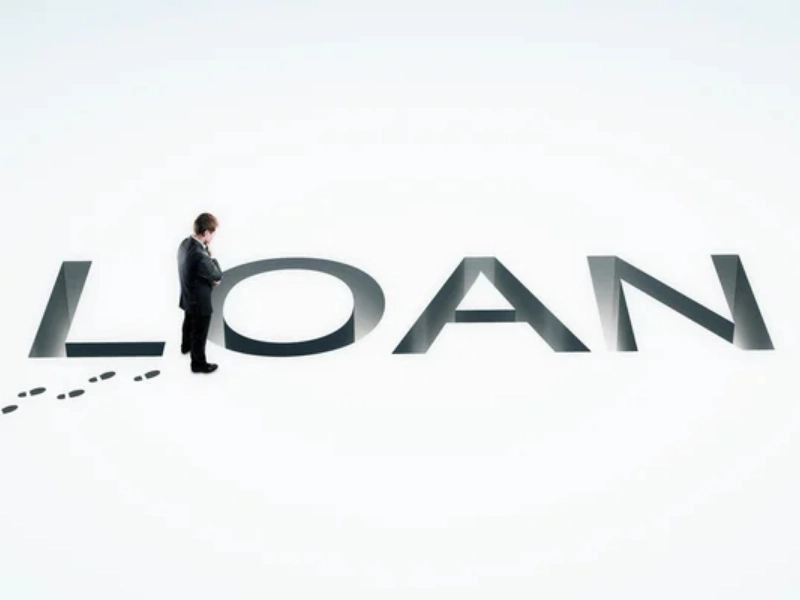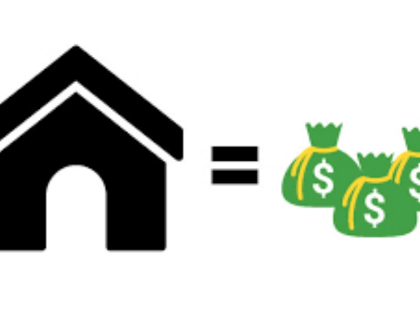Plans for Repaying Student Loans: Selecting What Works for You
Options for repaying student loans might assist students in controlling their debt. Income-driven repayment is one approach that helps to manage payments. This plan offers loan forgiveness after 20 or 25 years and caps your monthly payments at a percentage of your income. It is the new REPAYE substitute, which was terminated in 2015.
Customary Repayment
 The 10-year repayment period of the standard repayment aids borrowers in rapidly paying off their debt. You might want to think about whether this plan is good for you because it also usually has higher monthly costs than other options.
Longer payback periods are offered by other alternatives. For instance, students with undergraduate loans under the newest income-driven plan, SAVE, are required to pay 5% of their discretionary income (compared to 10% for the majority of other plans). But, compared to ten years with a regular plan, you'll need to make more payments to pay off your debt in twenty or twenty-five years.
The alternative is progressive repayment, in which your payments are first reduced and then increased every two years. If you wish to continue to be eligible for loan forgiveness through PSLF or if you are worried about the effects of larger payments early in your career, you can choose to employ this plan. If you select this plan, PSLF eligibility is contingent upon having loans from the FFEL Program.
The 10-year repayment period of the standard repayment aids borrowers in rapidly paying off their debt. You might want to think about whether this plan is good for you because it also usually has higher monthly costs than other options.
Longer payback periods are offered by other alternatives. For instance, students with undergraduate loans under the newest income-driven plan, SAVE, are required to pay 5% of their discretionary income (compared to 10% for the majority of other plans). But, compared to ten years with a regular plan, you'll need to make more payments to pay off your debt in twenty or twenty-five years.
The alternative is progressive repayment, in which your payments are first reduced and then increased every two years. If you wish to continue to be eligible for loan forgiveness through PSLF or if you are worried about the effects of larger payments early in your career, you can choose to employ this plan. If you select this plan, PSLF eligibility is contingent upon having loans from the FFEL Program.
Gradual Repayment
 With the graduated repayment plan, payments can be made at a lower initial rate and then progressively increase every two years. The amount of each payment cannot exceed three times the total amount of previous payments, nor can it ever be less than the interest that is accumulated on the loans.
For borrowers with low entry-level salaries who anticipate increasing their incomes over time, this plan is perfect. The management of larger payments down the road, though, can prove difficult if income growth is modest.
In addition, this plan is less financially prudent than the others because you will ultimately pay back more than you initially owed. If so, it could be preferable to move to an income-driven repayment plan or choose another course of action.
With the graduated repayment plan, payments can be made at a lower initial rate and then progressively increase every two years. The amount of each payment cannot exceed three times the total amount of previous payments, nor can it ever be less than the interest that is accumulated on the loans.
For borrowers with low entry-level salaries who anticipate increasing their incomes over time, this plan is perfect. The management of larger payments down the road, though, can prove difficult if income growth is modest.
In addition, this plan is less financially prudent than the others because you will ultimately pay back more than you initially owed. If so, it could be preferable to move to an income-driven repayment plan or choose another course of action.
Revenue-Dependent Repayment
 The ICR plan places a cap on payments at 20% of your discretionary income, similar to all other income-driven repayment plans. This plan also provides a 10-percent capitalization advantage, which is not available with the IBR, PAYE, or REPAYE plans. This means that any unpaid interest on your loans that accrues while you are in the ICR plan is capitalized at the end of each year. By doing this, you can maintain your loan balance as low as possible and reduce your monthly payment.
Similar to other income-driven repayment plans, in order to maintain eligibility, you must annually recertify with your servicer the size of your family and your income. Failing to do so may result in increased payments or the loss of eligibility for loan forgiveness (for the IBR, PAYE, and REPAYE). For borrowers with parent PLUS loans, ICR is the only income-driven repayment plan that takes them, making it a potentially advantageous choice. Its 25-year repayment term is also longer than those of other options. After then, though, your outstanding debt will be waived.
The ICR plan places a cap on payments at 20% of your discretionary income, similar to all other income-driven repayment plans. This plan also provides a 10-percent capitalization advantage, which is not available with the IBR, PAYE, or REPAYE plans. This means that any unpaid interest on your loans that accrues while you are in the ICR plan is capitalized at the end of each year. By doing this, you can maintain your loan balance as low as possible and reduce your monthly payment.
Similar to other income-driven repayment plans, in order to maintain eligibility, you must annually recertify with your servicer the size of your family and your income. Failing to do so may result in increased payments or the loss of eligibility for loan forgiveness (for the IBR, PAYE, and REPAYE). For borrowers with parent PLUS loans, ICR is the only income-driven repayment plan that takes them, making it a potentially advantageous choice. Its 25-year repayment term is also longer than those of other options. After then, though, your outstanding debt will be waived.
Pay for Your Earnings
 One of the four income-driven repayment options provided by the federal government is Revised Pay As You Earn (REPAYE). After 20 or 25 years of timely payments, the remaining sum is forgiven, with payments capped at 10% of the borrower's discretionary income.
Similar to PAYE, REPAYE provides qualifying borrowers with interest rebates to help keep payments low. There is a distinction, though, in that PAYE only applies to direct loans disbursed after July 1, 2014, and it does not take spouse income into account when computing payments.
Every year, borrowers under PAYE and REPAYE are required to recertify in accordance with their current family size and income. Recertifying could lead to increased payments or, in the case of the PAYE plan, the complete ineligibility for income-driven repayment payments. Visit the Student Aid Eligibility Center to recertify and estimate your monthly payment under each plan using this calculator. Borrowers with any kind of loan, including merged Parent PLUS and Federal Direct loans, can use the calculator.
One of the four income-driven repayment options provided by the federal government is Revised Pay As You Earn (REPAYE). After 20 or 25 years of timely payments, the remaining sum is forgiven, with payments capped at 10% of the borrower's discretionary income.
Similar to PAYE, REPAYE provides qualifying borrowers with interest rebates to help keep payments low. There is a distinction, though, in that PAYE only applies to direct loans disbursed after July 1, 2014, and it does not take spouse income into account when computing payments.
Every year, borrowers under PAYE and REPAYE are required to recertify in accordance with their current family size and income. Recertifying could lead to increased payments or, in the case of the PAYE plan, the complete ineligibility for income-driven repayment payments. Visit the Student Aid Eligibility Center to recertify and estimate your monthly payment under each plan using this calculator. Borrowers with any kind of loan, including merged Parent PLUS and Federal Direct loans, can use the calculator.











